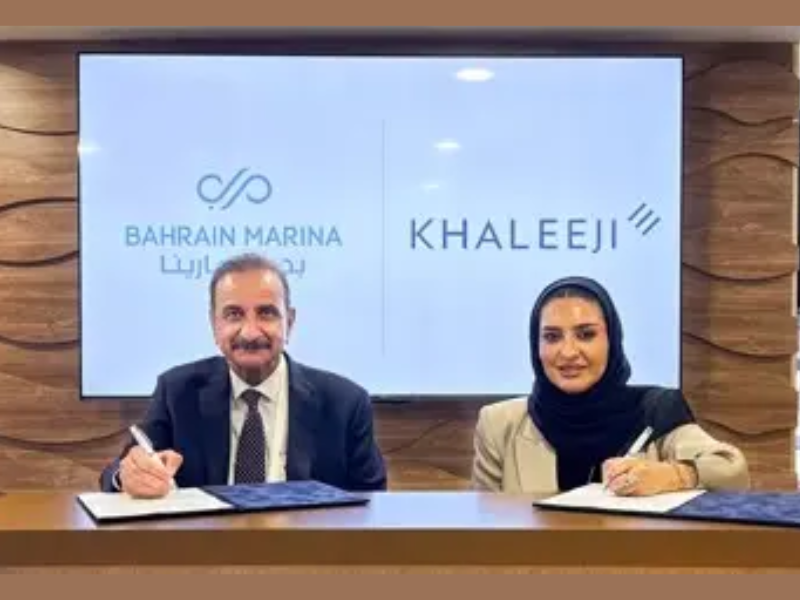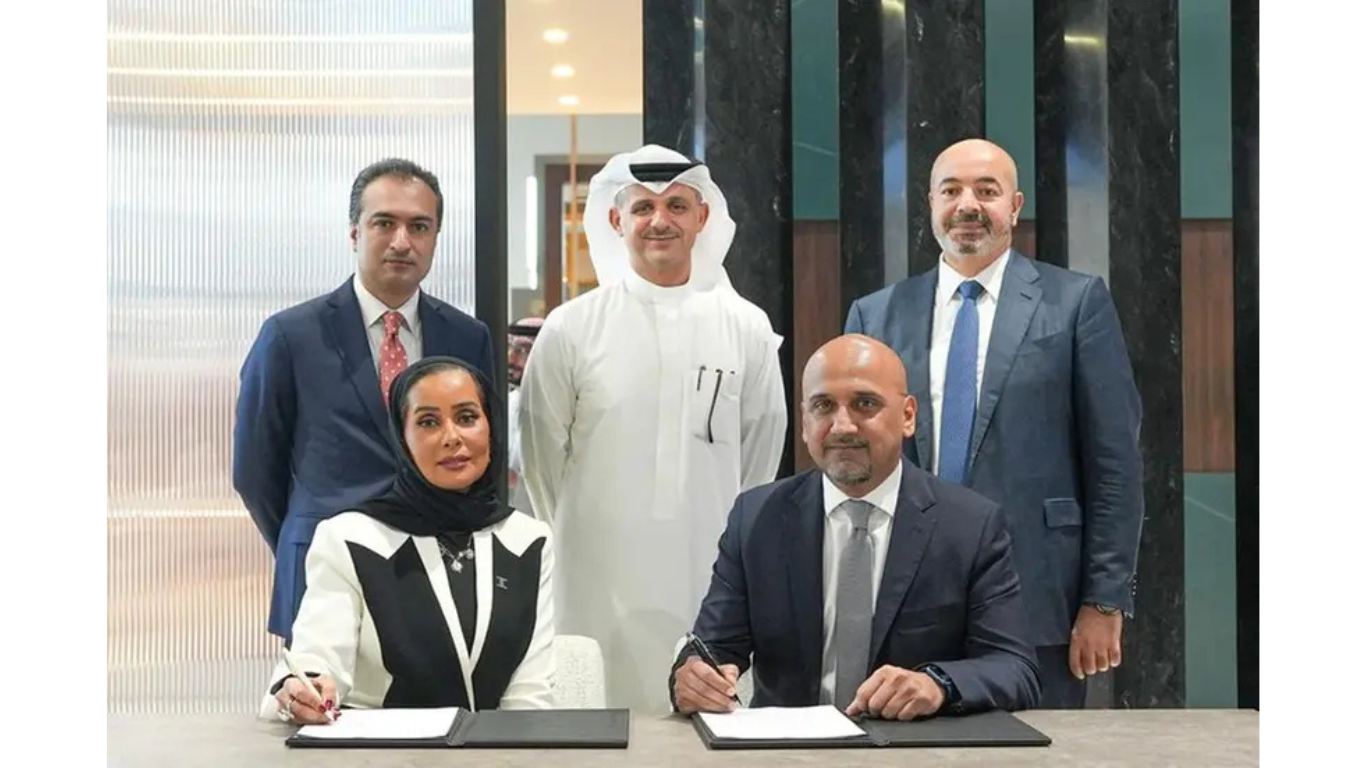Carbon Capture and Storage (CCS), in a literal sense, means capturing carbon and storing it for further use. Technically speaking, it is the process in which a relatively pure stream of carbon dioxide (CO2) from industrial sources is separated, treated and transported to a long-term storage location. Processes such as the burning of fossil fuels, outages of biomass plants and chemical processing plants are some of the major capture points from which, a stream of carbon dioxide is captured. These gases are stored in deep geological formations or the form of mineral carbonates. The main purpose of this process is to mitigate greenhouse gas emissions and the resultant climate change.
Why is this such a big deal?
Carbon dioxide is a colourless and non-flammable gas at normal temperature and pressure that is comparatively less abundant (only at 0.04 percent) than Nitrogen (78 percent) and Oxygen (21 percent). Yet, it is an important greenhouse gas that keeps our planet comfortably warm for all the biotic and abiotic materials. After Nitrogen, Carbon atoms form an essential block of the biogeochemical cycles, getting absorbed from the air during photosynthesis and getting transferred up into the food chain to finally becoming a part of inanimate materials in nature.

With the progress of the Industrial Revolution (since 1960), CO2 concentrations have reportedly risen by 40 percent, from 270 ppm (parts per million) to 400 ppm. As per predictions, the current rate could lead to a 4-degree Celsius rise in atmospheric temperature by 2100.
Developed with Mother Nature
US and Canada have been at the forefront of CO2-based enhanced oil recovery (EOR) technology since 1960. The world’s first large-scale CO2-EOR project, Scurry Area Canyon Reef Operating Committee (SACROC) has been operational since 1972. As per reports, more than 175 million tonnes of natural CO2 has been injected into the SACROC project during the 1972-2009 period.
The earliest reports of these studies were documented by the late physicist Cesare Marchetti, one of the inventors of geoengineering and hydrogen economy. In one of his most popularly cited research papers of 1976, he proposed the technique of disposing of CO2 through injection into suitable sinking thermohaline currents that carry and spread it into the deep ocean that has a very large equilibrium capacity. His paper identified the Mediterranean undercurrent entering the Atlantic at Gibraltar as having sufficient capacity to deal with all CO2 produced in Europe even in the year 2100. The concept of storage later evolved into utilization which led to the concept of CCUS (Carbon Capture, Utilisation and Storage) technology. The Sleipner CCS project (1996), IEA Greenhouse Gas (IEAGHG) Research and Development programme and Weyburn-Midale CO2 monitoring and storage project (Weyburn project) (2000) are some of the first international demonstrations of large-scale capture, utilization and storage of anthropogenic CO2 emissions.

In modern CCUS technology, the first stage involves the separation of CO2 from other gases produced in industrial processes, usually in large amounts from coal and natural gas-fired power generation plants or steel or cement factories. The gas is transferred to a storage site, which is usually injecting it into deep underground rock formations. The most safest and accessible sites for permanent storage of carbon emissions are saline aquifers, and depleted oil and gas reservoirs that are at least 1 km deep underground. At present, more than 90% of geological CO2 storage projects are being carried out in oil reservoirs; however, deep saline aquifers are still the largest geological CO2 storage spaces and those with the greatest potential.
Growth of a world-saving tech
Several reports suggest that the CCUS market could grow to reach USD 7 billion to 14 billion by 2030. The demand for CCUS is largely driven by the growing concerns over climate change and subsequent government and entrepreneurial ventures to reduce CO2 emissions. With the discovery of new underground oil reserves, offshore oil & gas exploration and production activities there has been a surge in the adoption of gas injection enhanced oil recovery (EOR) techniques. This technique is getting a further boost in demand from some of the mature and depleting oil reserves in OPEC (Organization of the Petroleum Export Countries) members.

There have been findings that indicate that companies like the Abu Dhabi National Oil Company have drastically reduced their gas flaring from about 1,500 million cubic feet per day in 1980 to 200 million cubic feet per day today. Reportedly, the US uses over 75 percent of the global operations in EOR techniques, accounting for nearly 30 metric tonnes per annum. The US is making provisions for incentives for this technology under the FUTURE (Furthering Capital Carbon Capture, Utilization, Technology, Underground Storage, and Reduced Emissions) Act.
The CCUS market is threatened by the high cost of carbon capture and storage and the dwindling crude oil prices. The development of the new shale gas technique is further expected to moderate the growth of this market. The growth in the production activities of cement, iron and steel is also playing a major role in the growth of the CCUS market. The rising popularity of electric vehicles is promoting electricity production through coal-fired plants. Some reports have suggested that China and India have accounted for over 85 percent of new coal power capacity since 2005. This has boosted the demand for post-combustion carbon capture technology. Power generation is the current major revenue generator for the CCUS market with over 66.9 percent in revenue share in 2022.
Government Action Matters
North American countries like the USA and Canada are expected to lead the market in the upcoming years. With the new executive order from US President Joe Biden to achieve a 100 percent carbon-free electricity goal by 2032, the future seems promising for the CCUS market in North America. With rapid industrialization and economic boom, Asia-Pacific is facing severe environmental concerns leading to initiatives towards carbon emission reductions.

Favourable government policies and stringent environment-friendly laws in the region are aiding the advancement of CCUS technology. The 2015 Paris Agreement Accords are further incentivizing funding for this technology and international cooperation for carbon crediting or emission trading in voluntary carbon markets, compliance markets, and inter-governmental transfers of mitigation outcomes outside of market-based mechanisms. Studies have shown that a Government-led model is far more beneficial to the economy than at the individual corporate level. This is the only means of achieving net zero emissions by 2050 under the Paris Agreement.
Blog Article by Ujal Nair
Also Read:
Adipec 2022: Toyota opts for Carbon Neutrality with Mirai FCEV
DEWA partners Desolenator for carbon neutral water purification
eCom Scotland leads in building a carbon neutral business world








